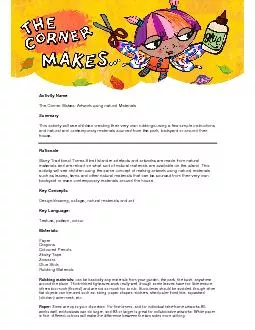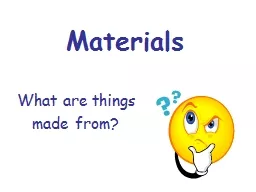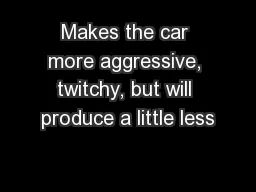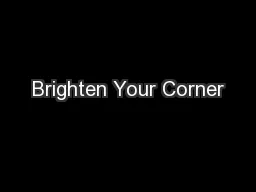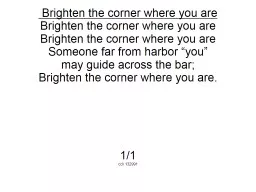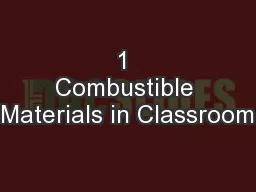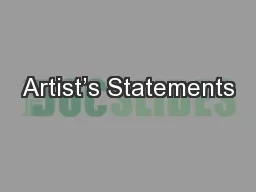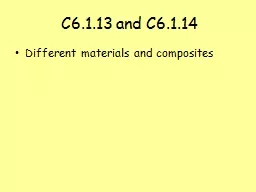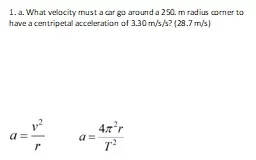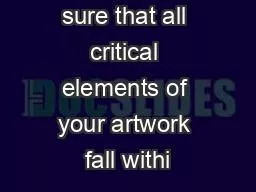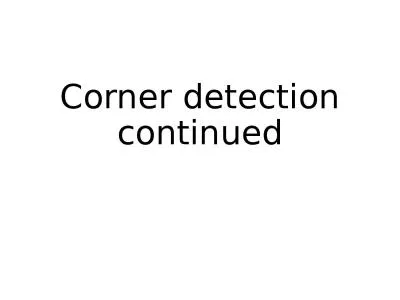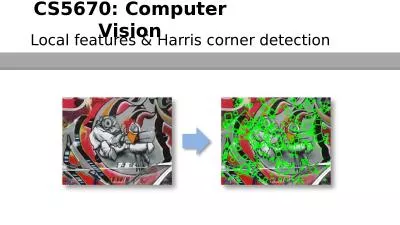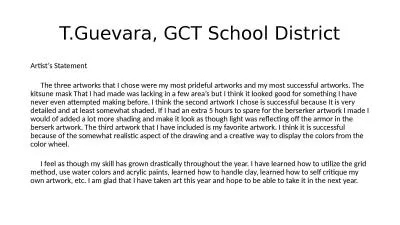PDF-Activity Name The Corner Makes: Artwork using natural Materials Summar
Author : aaron | Published Date : 2017-11-26
Rationale Many Traditional Torres Strait Islander artefacts and artworks are made from natural materials and are reliant on what sort of natural materials are available
Presentation Embed Code
Download Presentation
Download Presentation The PPT/PDF document "Activity Name The Corner Makes: Artwork ..." is the property of its rightful owner. Permission is granted to download and print the materials on this website for personal, non-commercial use only, and to display it on your personal computer provided you do not modify the materials and that you retain all copyright notices contained in the materials. By downloading content from our website, you accept the terms of this agreement.
Activity Name The Corner Makes: Artwork using natural Materials Summar: Transcript
Download Rules Of Document
"Activity Name The Corner Makes: Artwork using natural Materials Summar"The content belongs to its owner. You may download and print it for personal use, without modification, and keep all copyright notices. By downloading, you agree to these terms.
Related Documents

